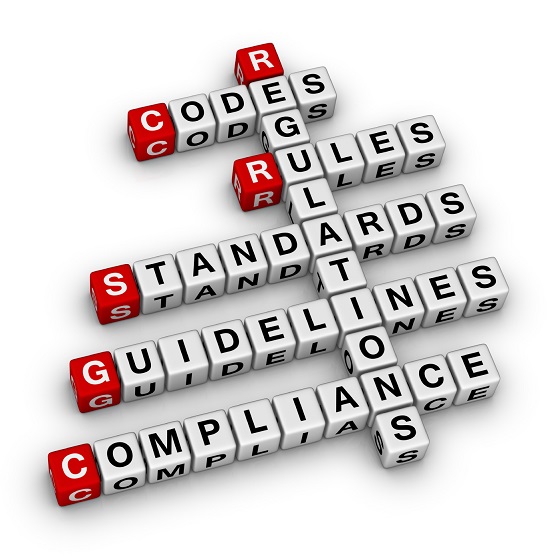
Posted on: October 29, 2017
Forecast Capital + (PRA101-103)
The required templates will be in WIRES at no additional charge, within which the necessary XML files can be generated. Users will then be able to upload those to the Bank of England’s BEEDS system. Currently, the BEEDS system does not allow direct transmission and therefore manual upload will be necessary.
Whistlebrook understands that the first submission of Forecast Capital+ will have a report reference date of a firm’s year end that falls after 1st October 2017. Submissions will be required at both individual and UK consolidated levels.
| Total Assets | Return | Frequency |
| <= £5bn | PRA103 | Annual within 30 business days |
| >£5bn and <£50bn | PRA102 | Semi-annual within 30 business days |
Taxonomy 2.7
A release of WIRES is planned for early in 2018. This release will include the changes being introduced by the European Banking Authority’s new taxonomy. These changes include revisions to FINREP templates and validation rules, as well as the reintroduction of Additional Liquidity Monitoring Metrics’ Maturity Ladder form C66.
According to EBA document about COREP IP Losses, data aggregated for all geographical areas will be necessary. This document can be accessed via the following link http://www.eba.europa.eu/regulation-and-policy/supervisory-reporting/implementing-technical-standards-on-supervisory-reporting
PRA Pillar 2 Capital Framework
An updated Pillar 2 framework is to be effective from 1st January 2018.
As part of that update, Whistlebrook understands that where a firm applies the Standardised Approach to Credit Risk, it must include FSA076 and FSA077 as part of its ICAAP. Further details are in policy statement 22-17. Also under the standardised approach to credit risk, firms deemed to have material commercial real estate exposures, are encouraged to apply the risk weight in the EBA guidelines on specialised lending (article 153 point 5 of the Capital Requirements Regulation).
New areas that the PRA is proposing that it review as part of a firm’s ICAAP include:
- Double Leverage – this is the increased risk (re-financing and continual interest payments) presented where a parent entity funds some of a subsidiary’s capital by issuing debt.
- Spread of funding across a Group – of interest, is the distribution of financial resources across the Group entities
Further details are in CP19-17
